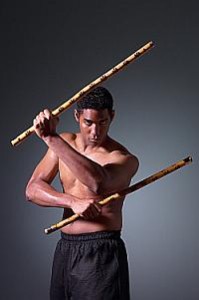If outdoor fitness has been your road not taken, summer may be perfect time to ditch those climate-controlled Pilates classes and take a hike. "The Green Mountains of Vermont is the gym in our backyard," said Jimmy LeSage, owner of the New Life Hiking Spa in Killington, Vermont. "You get to be in … [Read more...] about Hiking for Fitness
Archives for August 2014
Procrastination and Missed Opportunity
I and many others have a problems with procrastination. There are a few ways to win the battle of procrastination but one of the big one is to look at the loss of opportunity when it comes to procrastination. How Procrastination Hurts Us One of the problems with procrastination is that when we … [Read more...] about Procrastination and Missed Opportunity
Jillian Michaels Diet Plan
We all know Jillian Michaels diet plan and exercise program from the Biggest Loser, it is hard, aggressive and loud. Well Jillian Michaels diet plan is now online and she is offering a free body analysis as well as a cheap $4 a week plan that will give you all the tools to lose now. Jillian's … [Read more...] about Jillian Michaels Diet Plan
What Are the Nine Bodyparts of a Better Life?
A while back I was thinking of a more holistic way of working out, cardio, eating, sleeping and all those other tasks that we do that are really more an idea of wellness than anything else. I was thinking that there needs to be a way to break all of these down and put them together in one place … [Read more...] about What Are the Nine Bodyparts of a Better Life?
Fitness Tips for Men: A Beginner’s Guide
Are you concerned about the extra pounds on your belly? You should be. Studies show that over men whose waistlines exceed 40 inches are at greater risk of suffering from diabetes, high blood pressure and stroke. Fortunately, it's not that difficult to get back in shape. The following fitness tips … [Read more...] about Fitness Tips for Men: A Beginner’s Guide





